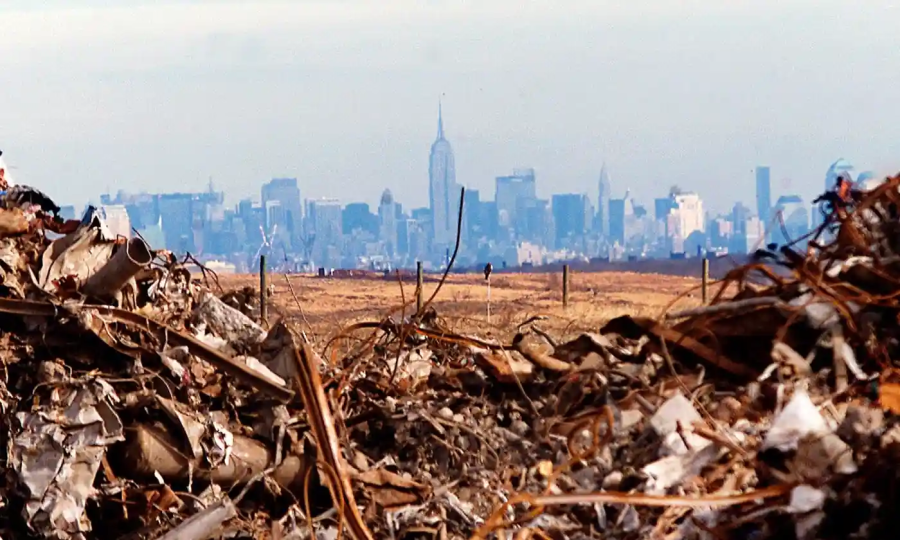Buffalo waste management overview

Buffalo is a city in Upstate New York that pays attention to sustainability, reducing wastage and improving recycling operations with better dumpster rental and landfill facilities. Waste management companies such as Buffalo Dumpster Rental HQ are at the forefront of this local initiative.
Philip Services Waste Management
But let’s have a look at the competition when it comes to junk disposal and dumpster rental services.
In 1994, Philip Environmental (Ontario) announced a turnover of C$ 253m, up 61% thanks to several acquisitions. This company, controlled by the Fracassi brothers of Toronto, only entered the market in 1990, focusing on recycling while having some collection activities; it went public the following year.
It will continue in this direction. Acquisitions in the United States allow it to carry out 40% of its business there. The company is on an exponential curve, focusing on California waste management among other niches.
A Philip Utilities Management subsidiary has a few small issues with hazardous waste. For 1997 alone, it acquired 30 companies for $1.3bn and in March 1998 it announced a partnership with two investment companies (Apollo Advisors and Blackstone Management) to merge with Safety Kleen, the number 5, subject moreover to a offer from Laidlaw Environmental Services.
Buffalo junk disposal services
This decision seems to mark the high point in this story. The same month the company was to announce a loss of $95.8m for 1997 and recalculated its results for the previous two years after discovering a cover-up of losses in the trade in recycled metals for at least $60m.
The value of the stock drops rapidly from $13 per share to $8. The year will be catastrophic and will end with a loss of $1.6bn.
A year later, the firm is at its worst and is filing for bankruptcy protection to prepare a restructuring plan. The value of the security is now only 42 cents Canadian.
In the spring of 2000, the activities were taken over by a company under American law, Philip Services Corporation. Thanks to the sale of assets, the debt was reduced from $1bn to $235m; 10% of the new shares are acquired by a fund based in the Bahamas: Cerberus International.
The group focuses on metal recycling and business services in the United States, Canada and Europe.
What general lessons can we draw from this journey? In ten years the transformation of the offer is considerable. Two companies that did not exist in 1990 set out to conquer the markets, buy out and consolidate and end up taking over the historic numbers 1 and 2. Behind them other newcomers are trying the same route.
In the industrial waste sector, the amplitudes are just as great. Several companies also created in the 1990s rise, rise and fall. Another forks. This American waste market is anything but a peaceful universe.
These enormous fluctuations, sometimes destructive, bear the mark of financial funds and consolidators specializing in the takeover of firms in the sector for their resale.
They also testify to the power of the shareholders compared to that of the managers. The recoveries of the two historical leaders cannot be explained otherwise. The strength of the two little ones is to have first convinced the markets and pension funds of the credibility of their policy by highlighting the synergies of integration and compliance with new regulations.
Buffalo dumpster rental services
These fluctuations also lead to wondering what is the foresight of the markets by the visible hand of the leaders of Laidlaw or that of the pension funds, when we observe the decisions to enter a sector followed the next day by an exit.
In this great movement of consolidation, which most often involves mergers between firms and exchanges of shares, certain funds specializing in “green gold” play a role similar to that of investment banks in Europe; they seek to bring companies together.
But it seems that they did it more in a financial logic (raise the value of securities) than in an industrial logic aimed at better use of assets. It was only at the end of the 1990s, after the mega-mergers, that this industrial path was followed by firms with exchanges of assets monitored by public authorities.
Finally, we can wonder about the part attributable to the institutional framework. Treating this area as a commodity creates a situation in which market forces (firms and consolidators) can fully express themselves with all the spillover effects.
This is a big difference with continental Europe. The pressure of the financial markets with the sanction of quarterly reports constitutes another factor of movement. And then we can think that the introduction of federal regulations in waste management and dumpsters was a final factor of upheaval.
The US waste sector looks like a hot object in formation, full of turbulence. This experience should certainly be studied at a time when many emerging countries are looking for references to organize their environmental services.


